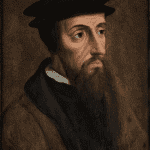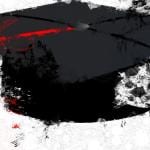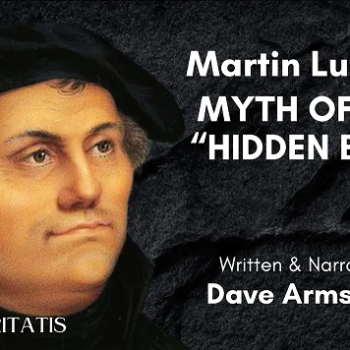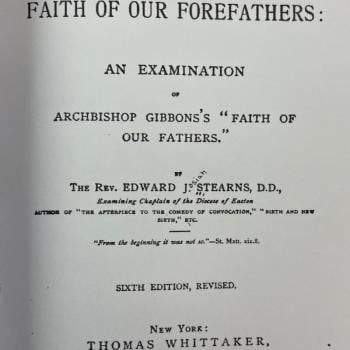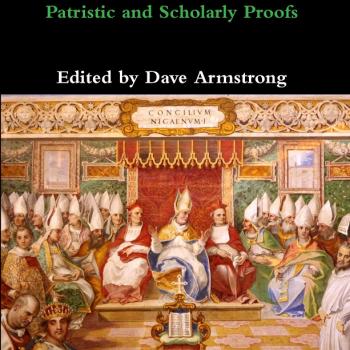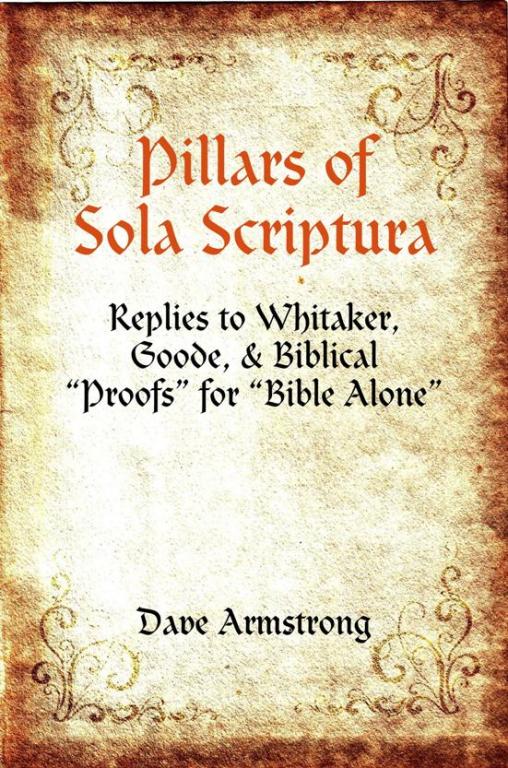
[see book and purchase information]
Words of Bishop “Dr.” [???] James White will be in blue.
*****
*
I quickly found some of the leading polemics against Catholic infallibility, such as the Irish Anglican anti-Catholic George Salmon (1819-1904), author of The Infallibility of the Church (1888) and Johann Joseph Ignaz von Döllinger (1799-1890), the German historian who rejected the ex cathedra declaration of papal infallibility and formed the Old Catholic schismatic group. His books, Letters of Quirinus and Letters of Janus, were written during the First Vatican Council in 1870.
Salmon’s work has been refuted decisively twice, by B.C. Butler, in his The Church and Infallibility: A Reply to the Abridged “Salmon” (New York, Sheed & Ward, 1954), and also in a series of articles in The Irish Ecclesiastical Record, in 1901 and 1902 [see p. 193 ff., March 1901] (probably able to be found online).
Yet Protestant apologists Norman Geisler and Ralph MacKenzie still claimed in 1995, in a major critique of Catholicism, Roman Catholics and Evangelicals: Agreements and Differences (Grand Rapids, Michigan: Baker Books, p. 206; cf. p. 459) that Salmon’s book has “never really been answered by the Catholic Church” and is the “classic refutation of papal infallibility.”
Prominent professional anti-Catholic James White, in the same year, claimed that I must have never been familiar with the best Protestant arguments against infallibility and Catholicism in general — hence my eventual conversion on flimsy grounds.
The truth was quite otherwise: the above works are the cream of the crop of this particular line of thought, as evidenced by Geisler and MacKenzie’s citation of both Salmon and Küng as “witnesses” for their case (ibid., pp. 206-207). Church historian Döllinger’s heretical opinions are also often utilized by Eastern Orthodox apologists as arguments against papal infallibility.
Using these severely biased, untrustworthy sources, I found the typical arguments used: for example, Pope Honorius, who supposedly was a heretic. I produced two long papers containing difficult “problems” of Catholic history and alleged contradictions and so forth (just as atheists love to do with the Bible), to “torment” my Catholic friends at the group discussions.
George Salmon revealed in his book his profound ignorance, not only concerning papal infallibility, but also with regard to even the basics of the development of doctrine:
Romish advocates . . . are now content to exchange tradition, which their predecessors had made the basis of their system, for this new foundation of development . . . The theory of development is, in short, an attempt to enable men, beaten off the platform of history, to hang on to it by the eyelids . . . The old theory was that the teaching of the Church had never varied. (The Infallibility of the Church, Grand Rapids, Michigan: Baker Book House [originally 1888], pp. 31-33; cf. pp. 35, 39)
Here Salmon is quixotically fighting a straw man of his own making and seeking to sophistically force his readers into the acceptance of a false and altogether logically unnecessary dichotomy. He contended that development of doctrine implies change in the essence of a doctrine and therefore is utterly contrary to the claims of the Church to be the guardian and custodian of an authoritative tradition of never-changing dogma.
But this is emphatically not the Catholic notion, nor that of Cardinal Newman, to whom Salmon was largely responding. Nor is it true that development was a “new” theory introduced by Cardinal Newman into Catholicism, while the “old theory” was otherwise. This is proven by the writing of St. Vincent of Lerins, one of the Church fathers, who died around 450 A. D., in his classic patristic exposition of development, The Notebooks:
Will there, then, be no progress of religion in the Church of Christ? Certainly there is, and the greatest . . . But it is truly progress and not a change of faith. What is meant by progress is that something is brought to an advancement within itself; by change, something is transformed from one thing into another. It is necessary, therefore, that understanding, knowledge and wisdom grow and advance strongly and mightily . . . and this must take place precisely within its own kind, that is, in the same teaching, in the same meaning, and in the same opinion. The progress of religion in souls is like the growth of bodies, which, in the course of years, evolve and develop, but still remain what they were . . . Although in the course of time something evolved from those first seeds and has now expanded under careful cultivation, nothing of the characteristics of the seeds is changed. Granted that appearance, beauty and distinction has been added, still, the same nature of each kind remains. (23:28-30; cited from William A. Jurgens, The Faith of the Early Fathers; Collegeville, Minnesota: The Liturgical Press, 1979, vol. 3, p. 265)
St. Augustine (354-430), the greatest of the Church fathers, whom Protestants also greatly revere, expressed similar sentiments in his City of God (16, 2, 1), and On the 54th Psalm (number 22). The (explicit) concept predated Newman by at least fourteen centuries, Salmon’s claims notwithstanding.
George Salmon thus loses much credibility as any sort of expert on Christian history, papal infallibility, or development, for this and many other reasons, as demonstrated by his Catholic critics. Yet Geisler and MacKenzie, while presenting a fairly accurate picture of Newman’s (and Catholic) development of doctrine, state that Salmon’s book is “a penetrating critique of Newman’s theory” (ibid., p. 459).
It is beyond our purview here to examine the faulty and jaundiced reasoning employed by the above-cited “anti-infallibility” works, and my own ambitious and zealous adoption of them, in my effort to refute the Catholic Church on historical grounds. Suffice it to say that it is largely a matter of misunderstanding or misapplying the true doctrine of infallibility, as defined dogmatically by the First Vatican Council in 1870, or else a conveniently selective and dishonest presentation of historical facts and patristic citations.
***


